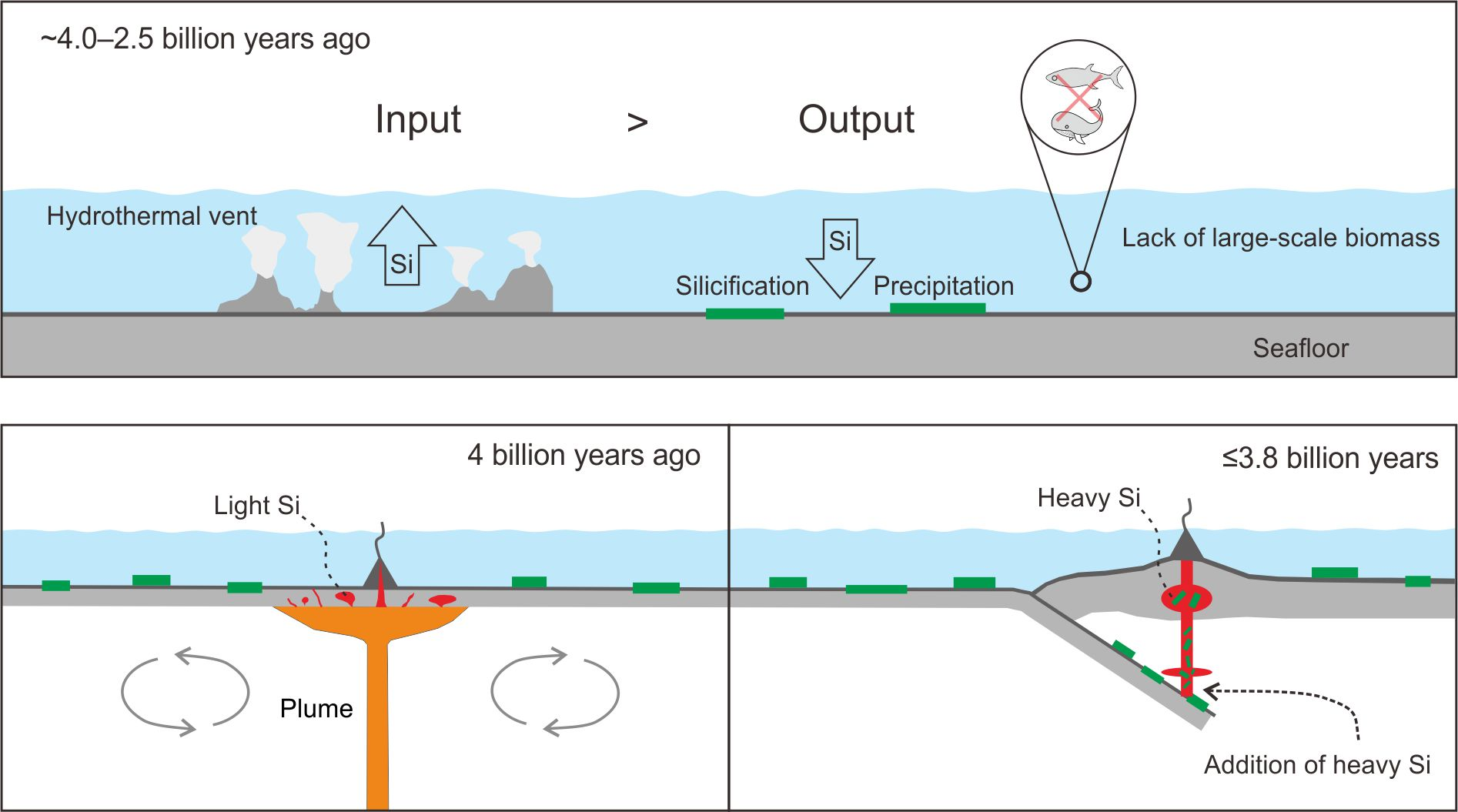A study of the world’s oldest rocks provides evidence that the recycling driven by plate tectonics may not have begun until several hundred years after the Earth formed. The authors admit their findings are not conclusive, but if they’re right, it would have big implications for what it takes to get life going.
The fact the Earth is the only planet known to harbor life, and also the only one known with plate tectonics, is generally not thought to be a coincidence. From the energy available around hydrothermal vents to the recycling of old rocks at plate boundaries, the movements of the Earth’s crust provide many benefits for life. Shifting continents have also played a key part in species distribution and spread.
The question of whether life actually requires plate tectonics, or just benefits from it, could be settled if we found life established itself first. That’s a possibility, according to a new paper in Science Advances, which finds the first evidence for geological recycling is from 3.8 billion years ago.
The oldest surviving Earthly materials are zircons from Western Australia, however, Professor Ross Mitchell of the Institute of Geology and Geophysics at the Chinese Academy of Sciences (IGGCAS) told IFLScience: “They are only minerals (not rocks) preserved as sediment grains in a much younger rock.” The oldest known rocks are found in the Acasta Gneiss Complex, northern Canada. Mitchell is part of a team that studied these, seeking evidence of the changes that occur when subduction zones draw rocks into the Earth.
“Our oldest samples show no sign of surficial material recycling at 4.0 [billion years ago],” said IGGCAS’s Professor Li Xianhua in a statement. “And the earliest evidence we find for surface recycling into magmas isn’t until 3.8 [billion years ago].”
The conclusions are based on silicon and oxygen isotopes in the rocks. The early oceans were rich in heavy silicon. In the absence of life, this sank to the seafloor. Yet the rocks Mitchell and Li tested are not enriched with heavy isotopes as would be expected if the silicon was being recycled through magma chambers to be spewed out by volcanoes.
Over 4 billion years, the rocks have been so reworked that identifying their original silicon is a challenge, but the authors concentrated on zircons within the rocks, whose resistance to change is demonstrated by the survival of their Australian counterparts.
Measuring the isotopes in rocks of somewhat varying ages, the authors found a shift at 3.8 billion years ago, which they suspect indicates the beginnings of nearby plate subduction.
Until 2.5 billion years ago, seawater was saturated with silicon, making the seafloor saturated with heavy silicon isotopes. Yet before 4 billion years ago, this was not incorporated in granites, but after 3.8 billion years ago they were.
Image Credit: Prof. LI Xianhua’s group
Unfortunately, to study such an early point in Earth’s history, the team are dependent on samples from a single location. Co-author Professor Allen Nutman of the University of Wollongong acknowledged that “No subduction needed for one small area doesn’t mean no plate subduction on the planet at 4.0 [billion years ago].”
Perhaps the shift at 3.8 billion years was a local one, rather than worldwide. Nevertheless, the authors think the possibility that plate tectonics switched on globally at that point, after the first life forms had emerged, should be explored.
Just two weeks before this study, another investigating zircons from the Barberton Greenstone Belt, South Africa, found an absence of plate tectonics until even more recently – around 3.3 billion years ago. On the other hand, a paper from earlier this year makes a case for tectonics as early as 4.2 billion years ago.
The question clearly has a way to run, but once settled could influence the sort of planets we prioritize in the search for life.
“It was already amazing that these oldest rocks are preserved,” Mitchell said. “And now we learn that they also tell a tectonic coming of age story as well.”
The study is open access in Science Advances.
Source Link: Plate Tectonics May Be Younger Than Life, Earth's Oldest Rocks Suggest
